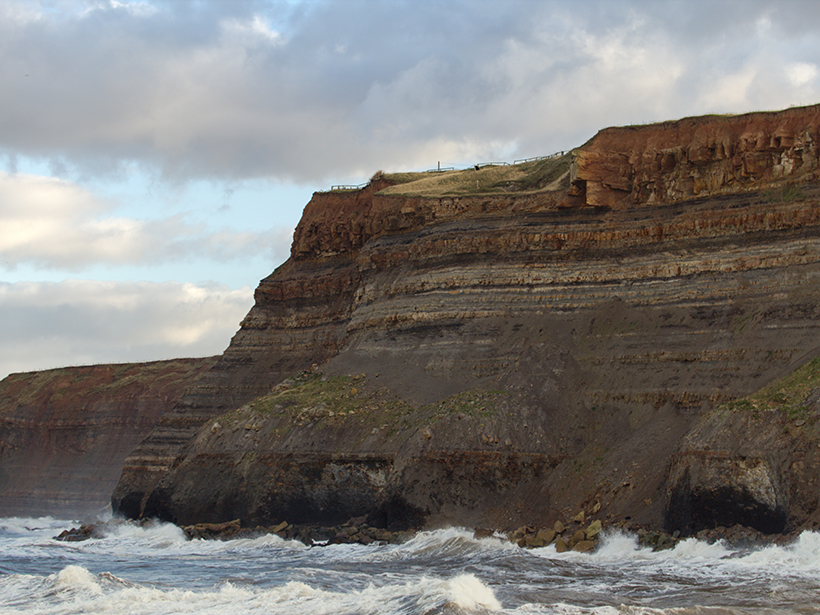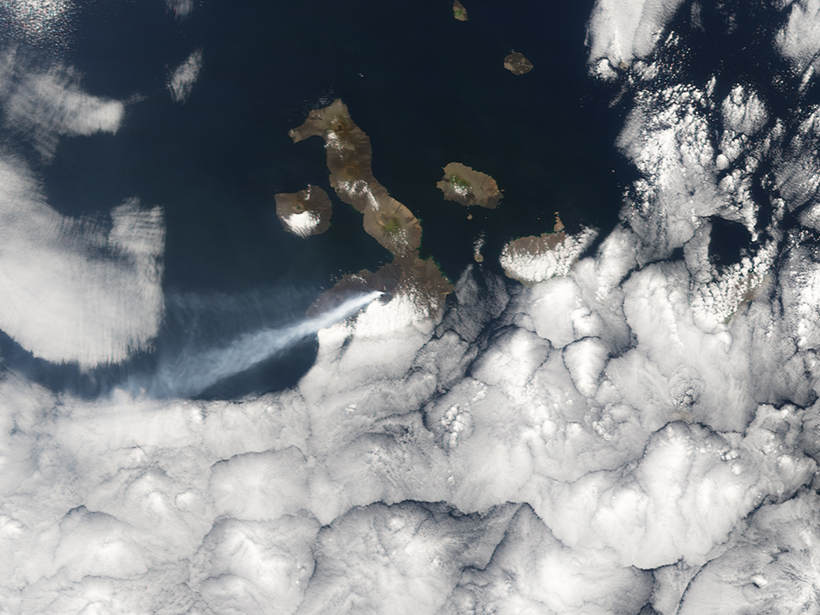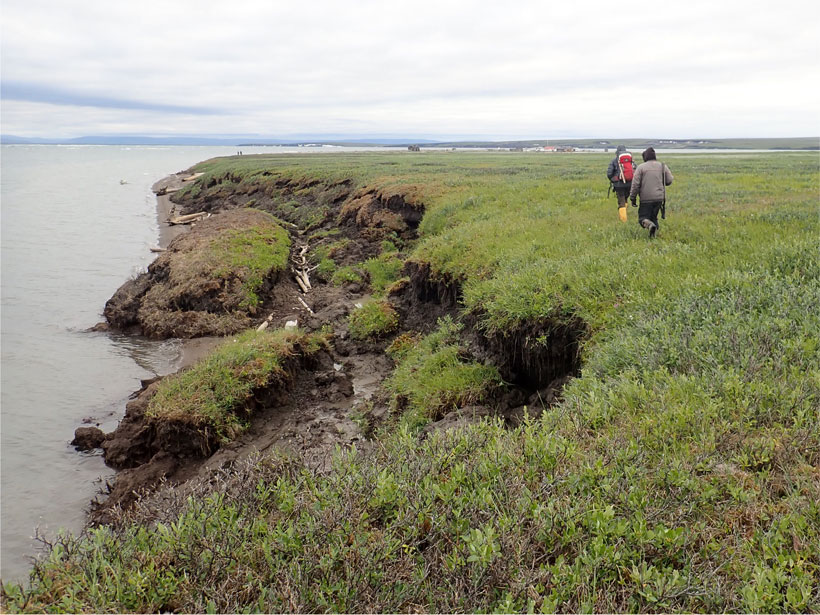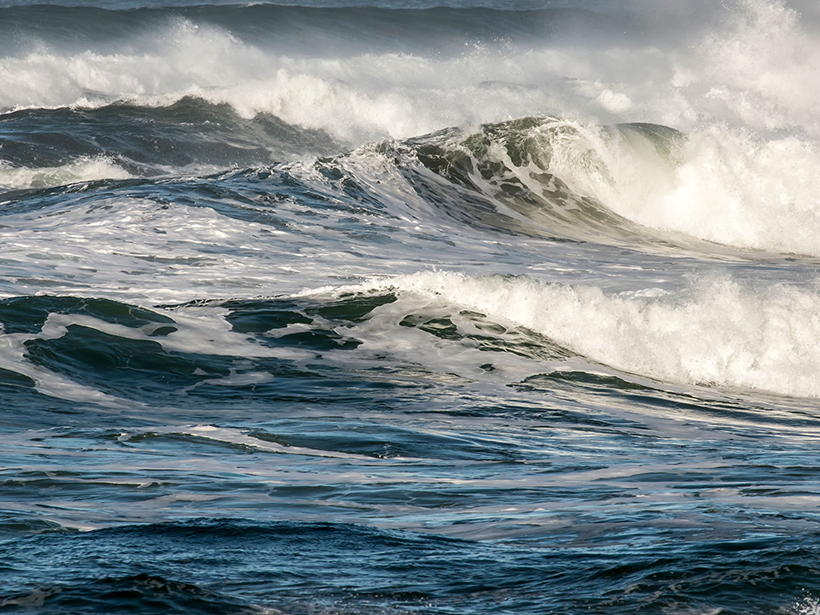Researchers studying an eroding coastal cliff detected 10 times more rockfall events when monitoring surveys were conducted hourly versus monthly.
Research Spotlights
Research spotlights are plain-language summaries of recent articles published in AGU’s suite of 24 journals.
Improving Estimates of Coastal Carbon Sequestration
A new two-model approach could reduce uncertainties in calculated rates of “blue carbon” accumulation within soils of seagrass, tidal marsh, and mangrove habitats.
Sea Level Science Grapples with Uncertainty and Usability
Improved transdisciplinary approaches are needed to ensure that research on rising seas is useful for planning in coastal communities.
Forecasting Volcanic Eruptions with Artificial Intelligence
A machine learning algorithm automatically detects telltale signs of volcanic unrest.
Sunlight Stimulates Brown Algae to Release Organic Carbon
Sargassum and other brown algae might be an underappreciated contributor of organic compounds called polyphenols to the open ocean.
Curiosity Rover Reveals Oxygen Mystery in Martian Atmosphere
An air-sampling study has captured long-term trends in the concentrations of five key atmospheric gases for the first time.
Ship-Based Measurements Overestimate Southern Ocean Carbon Sink
New research suggests that combining ship- and float-based observations provides a more accurate measure of how much carbon the Southern Ocean absorbs.
Explaining the Missing Energy in Mars’s Electrons
Electrons energized and trapped at Mars were thought to lose energy inside the planet’s magnetosheath, but new research suggests a different explanation of spacecraft data.
Where Does the Carbon Go When Permafrost Coasts Erode?
Arctic coastlines have not been considered carefully in carbon cycles for long, but new research suggests that eroding permafrost may emit more greenhouse gases than previously thought.
Oceans Vented Carbon Dioxide During the Last Deglaciation
A new boron isotope record from South Pacific marine sediments offers a more complete picture of ocean-atmosphere carbon dioxide exchange during the late Pleistocene.










